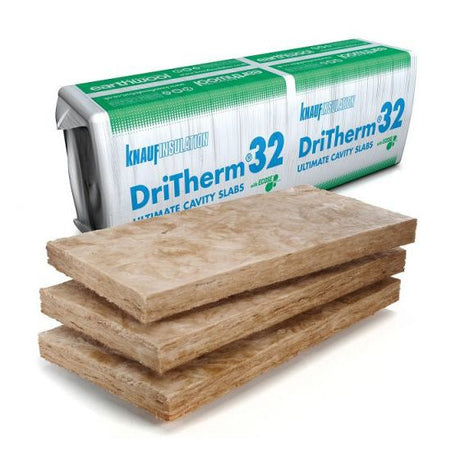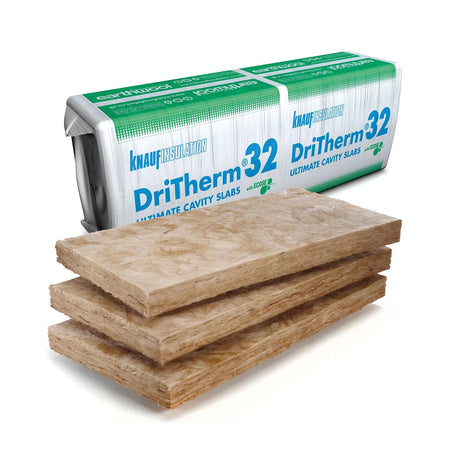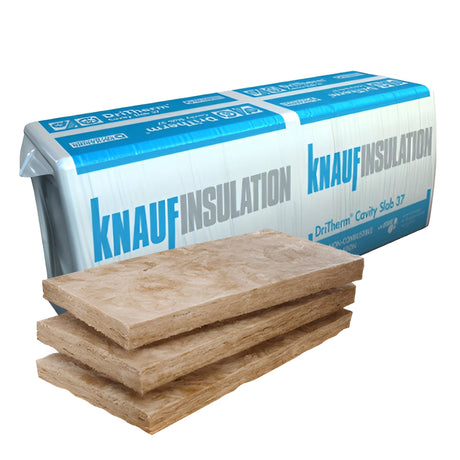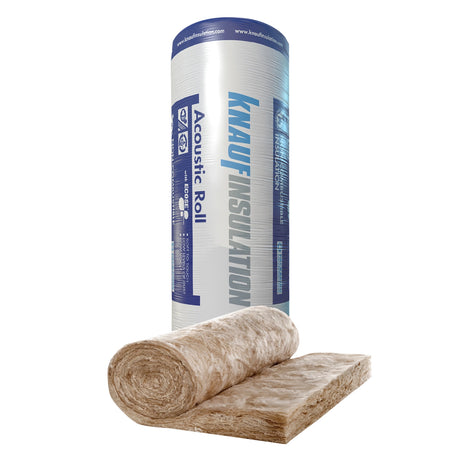One of the more complicated parts of an extension, new build or self build project can be calculating the u value of your project. Typically being able to proceed with a project requires you to be able to achieve a certain u value, but how do you calculate a u value? The value can vary considerably based on the type of insulation used, the other building materials and the process by which they are installed. For this reason, most of the leading brands of insulation manufacturers have created their own u-value calculators, with Knauf Insulation's calculator covering all of their insulation options alongside all the most common building methods and materials they are used in.
Use the Knauf Insulation U Value Calculator
Knauf U Value Calculator
Knowing the U value calculation is essential for any modern building project- including extensions and amendments, as it gives an indication of the energy efficiency of the final structure. This is important to ensure that your build complies to current building regulations and ensure your home is optimally insulated, minimising environmental impact and heating costs.
How U Value is Calculated
To calculate the u-value, you need to make a few smaller calculations:
1. Take the Thermal conductivity value (usually represented by a number followed by W/mk, detailed on the page of each product) and divide by the thickness of the product in mm or metres. This gives you the R-Value.
Example: 100mm Celotex has a thermal conductivity value of 0.022, so 0.1m /0.022 = 4.5454 w/m2.k R Value.
2. The U value is then calculated by adding together the total u values of the entire structure, including the walls, any rendering or cladding, plaster or drylining, adhesives and etc. This is where the calculations can get confusing, and where the calculators can be very helpful.
* information based on Approved Document L: Conservation of fuel and power : 2021 edition incorporating 2023 amendments.
| * |
Notional Dwelling Specification |
||
|
Element or System |
New Dwellings |
New Fabric Elements in existing dwellings |
Existing Elements in Existing Dwellings |
|
Target U-Value |
Max U-Value |
U-Value Threshold / Improved |
|
|
Opening Areas (Windows, Roof Windows, Rooflights & Doors) |
Same as for actual dwelling not exceeding a total area of openings of 25% of total foor area |
- |
- |
|
External Walls |
U = 0.18 W/(m²·K) |
U = 0.18 W/(m²·K) |
Cavity Insulation: U = 0.70 W/(m²·K) / U = 0.55 W/(m²·K) Internal or External Insulation: U = 0.70 W/(m²·K) / U = 0.30 W/(m²·K) |
|
Party Walls |
U = 0 |
- |
- |
|
Floors |
U = 0.13 W/(m²·K) |
U = 0.18 W/(m²·K) |
U = 0.70 W/(m²·K) / U = 0.35 W/(m²·K) |
|
Roofs |
U = 0.11 W/(m²·K) |
U = 0.15 W/(m²·K) |
U = 0.35 W/(m²·K) / U = 0.16 W/(m²·K) |
|
Opaque Doors (< 30% Glazed) |
U = 1.0 W/(m²·K) |
U = 1.4 W/(m²·K) |
- |
|
Semi-Glazed Door (30-60% Glazed) |
U = 1.0 W/(m²·K) |
U = 1.4 W/(m²·K) |
- |
|
Windows and glazed doors with > 60% glazed area |
U = 1.2 W/(m²·K) Frame factor = 0.7 |
U = 1.4 W/(m²·K) |
- |
|
Roof Windows |
U = 1.2 W/(m²·K), when in vertical position (for correction due to angle, see specifcation in SAP 10 Appendix R |
U-values for roofights or roofight-and-kerb assemblies should be based on the outer developed surface area |
- |
|
Rooflights |
U = 1.7 W/(m2 ·K), when in horizontal position (for correction due to angle, see specifcation in SAP 10 Appendix R) |
U = 2.2 W/(m²·K) |
- |



















